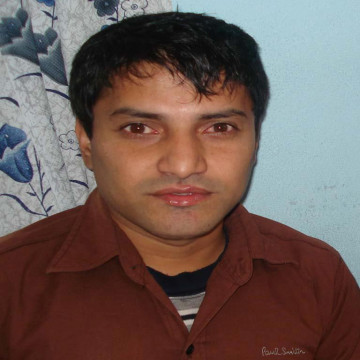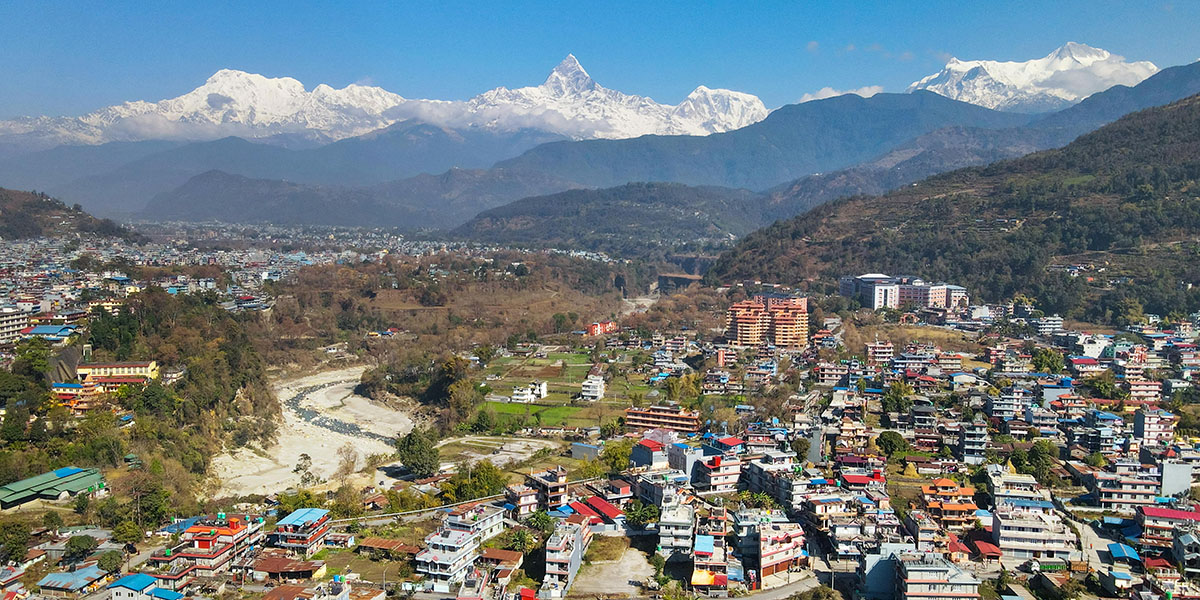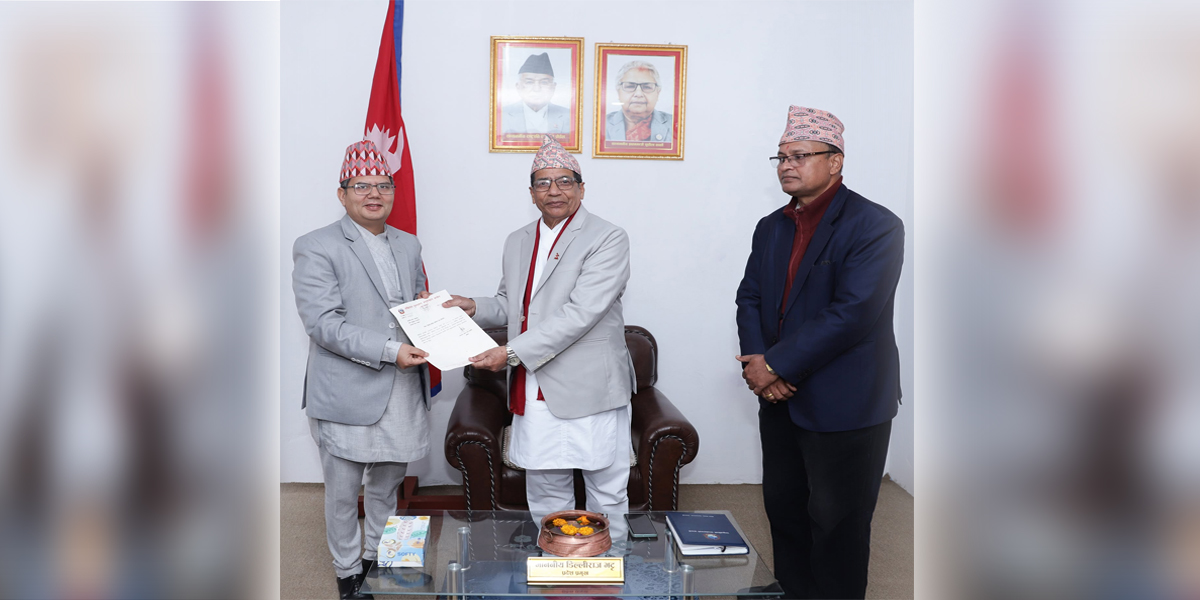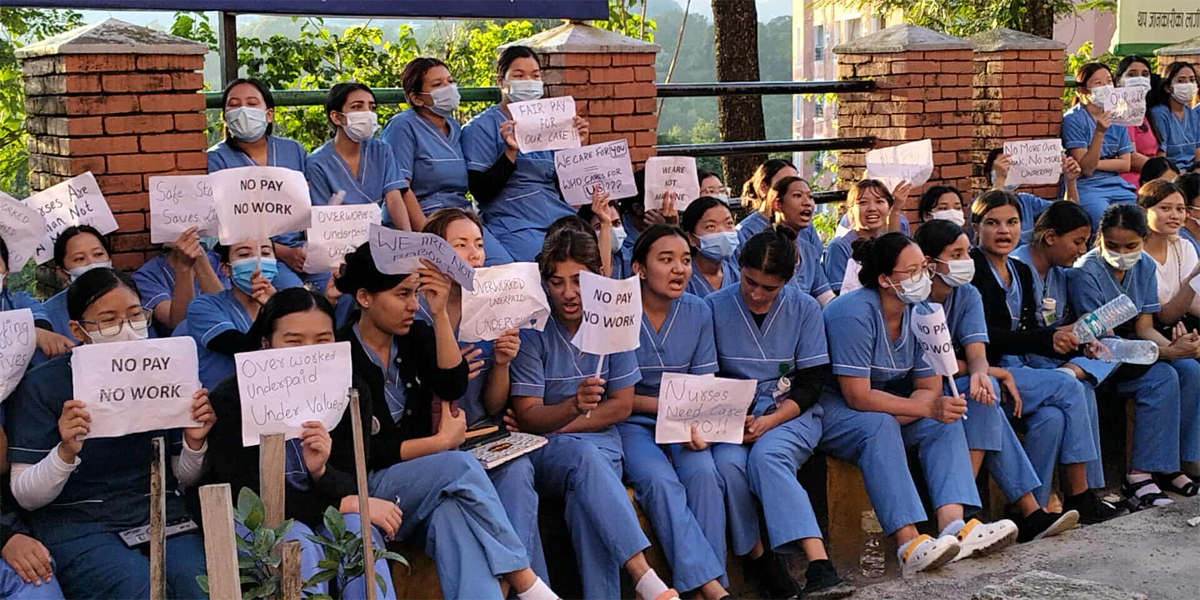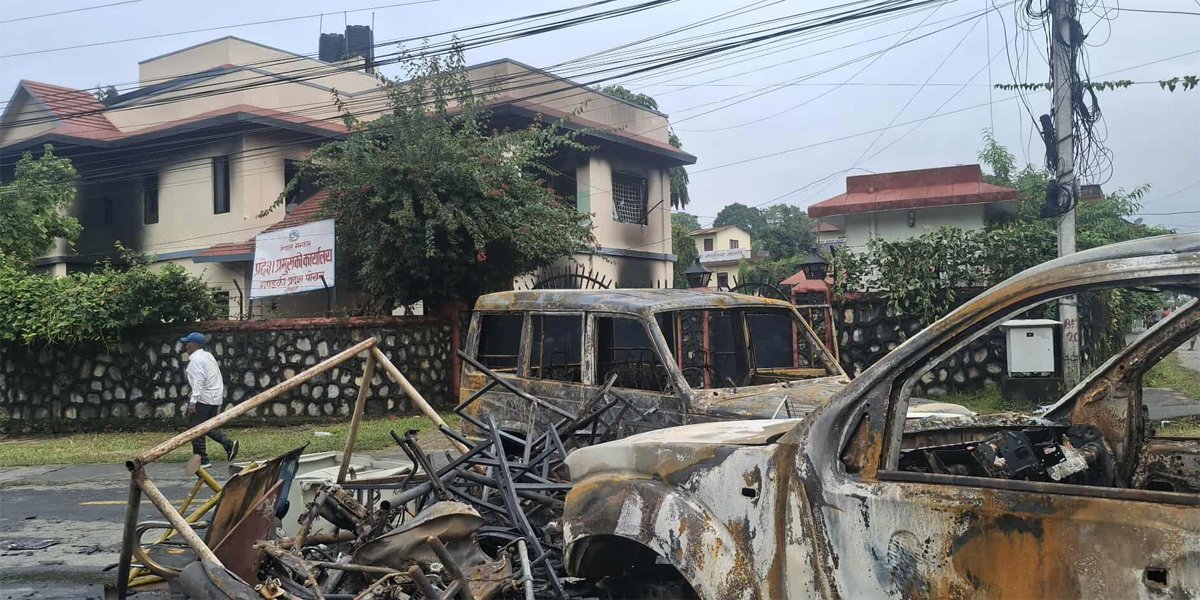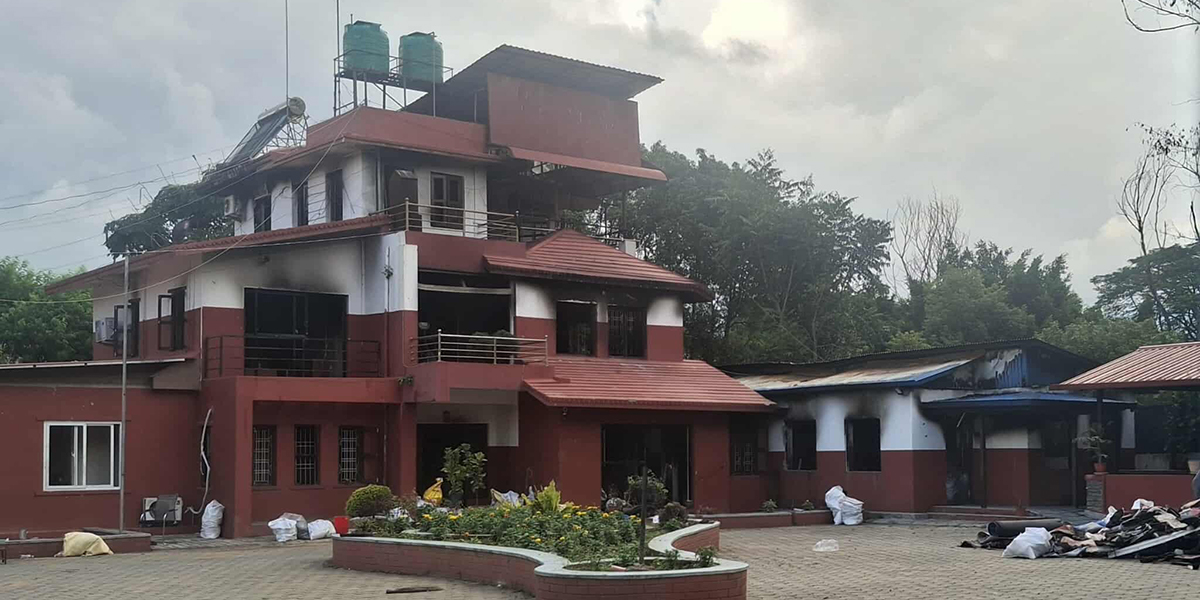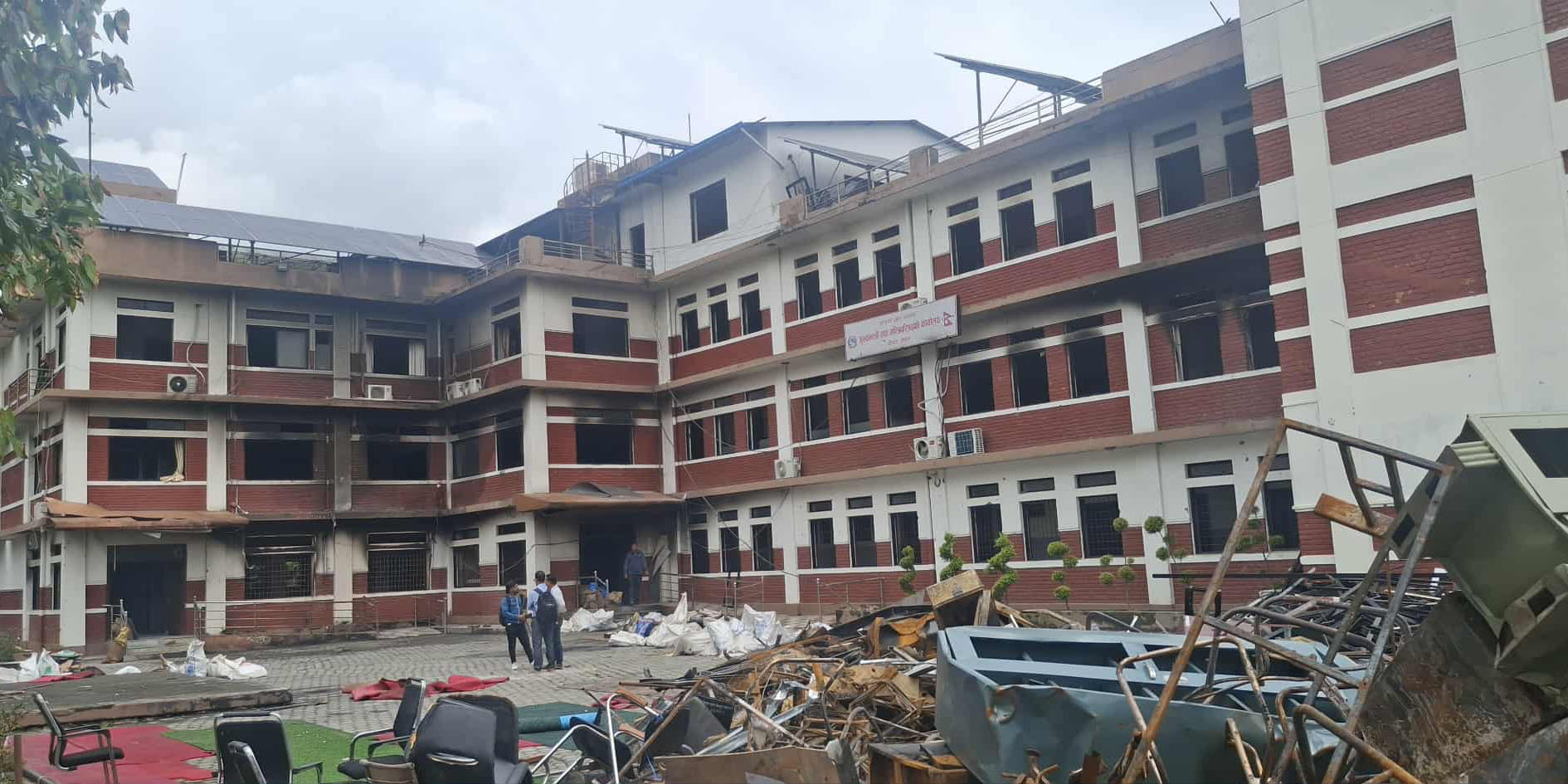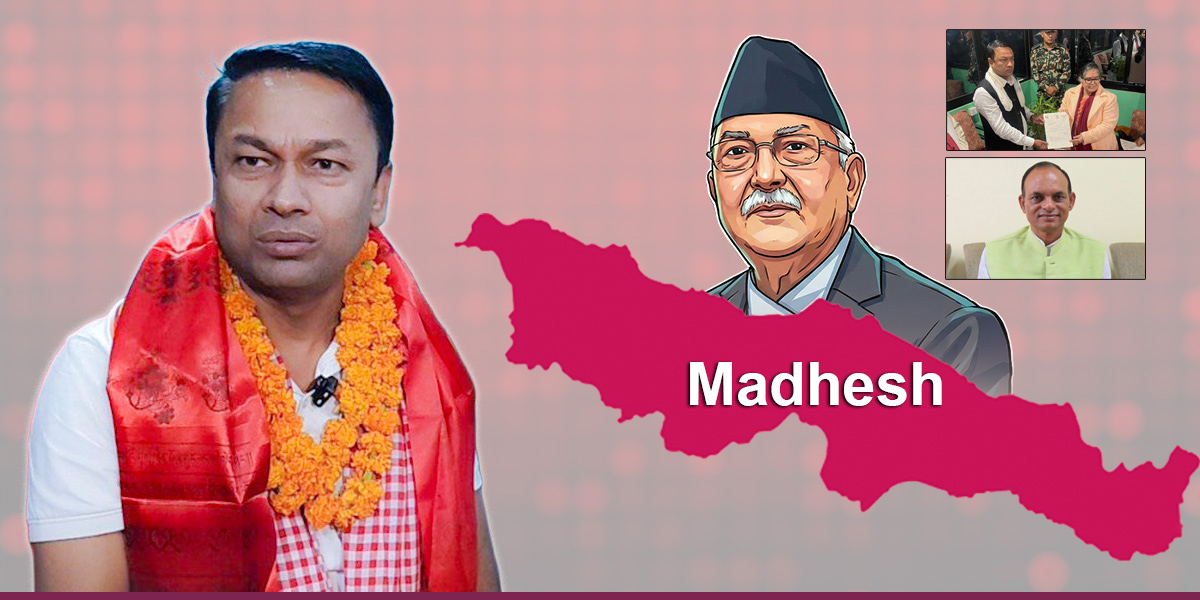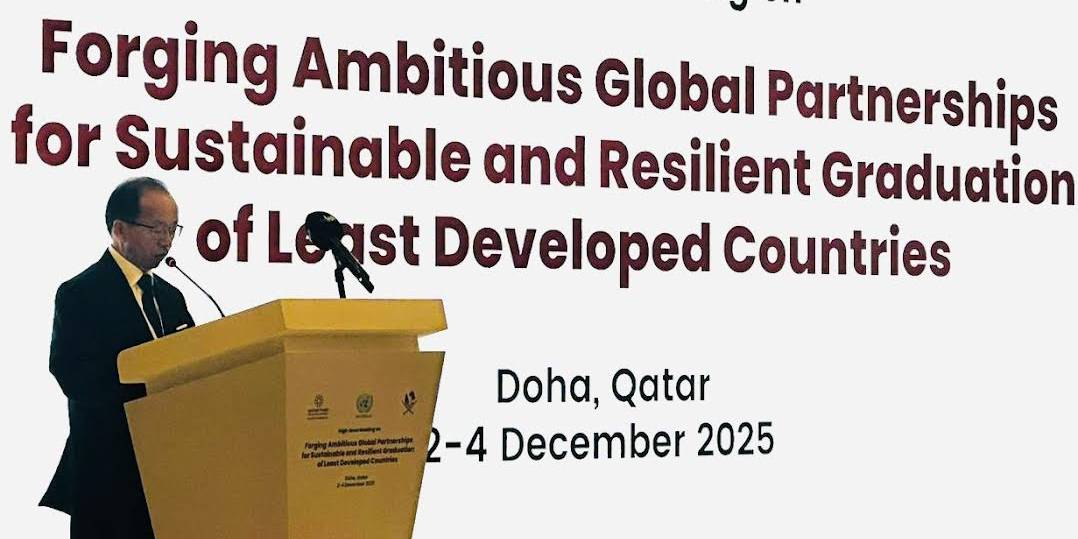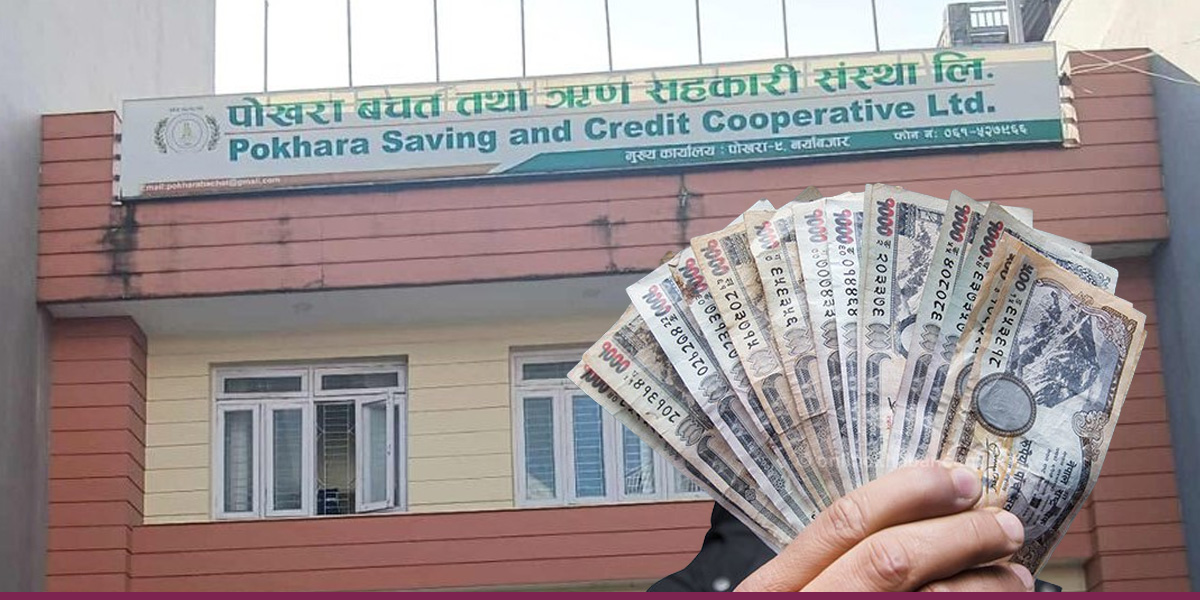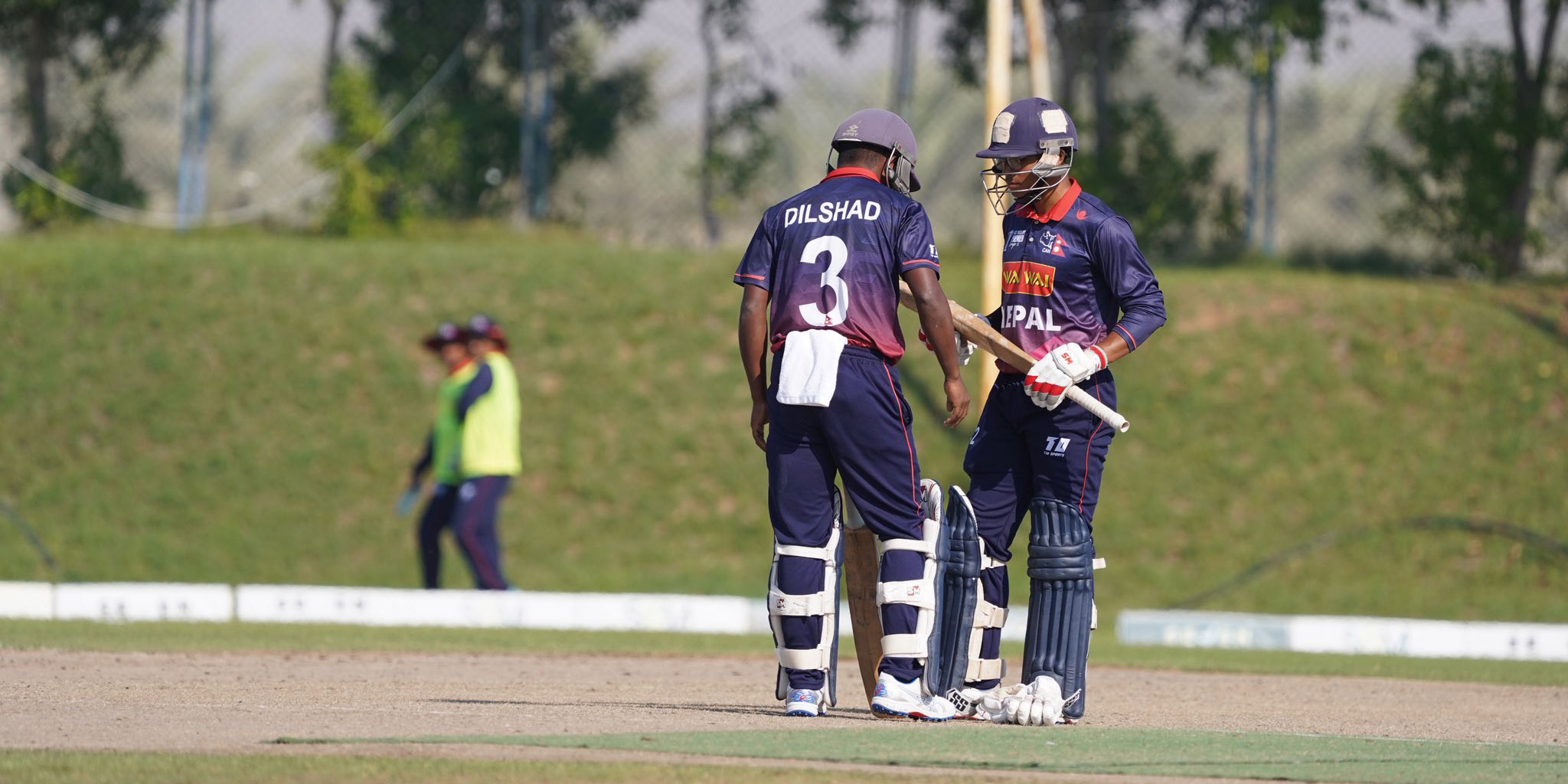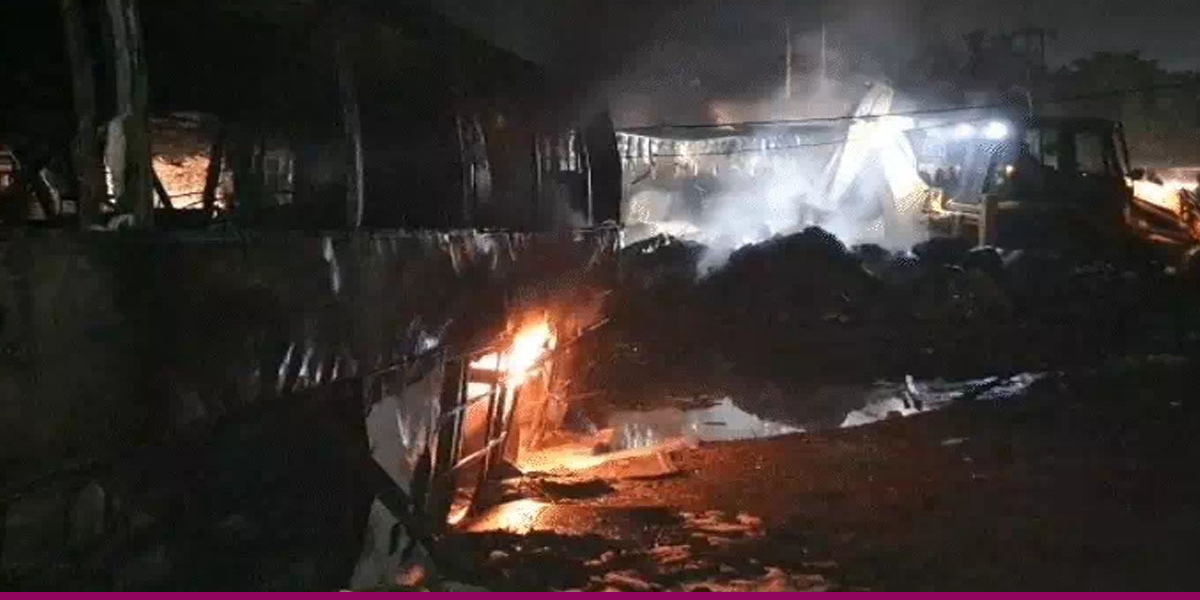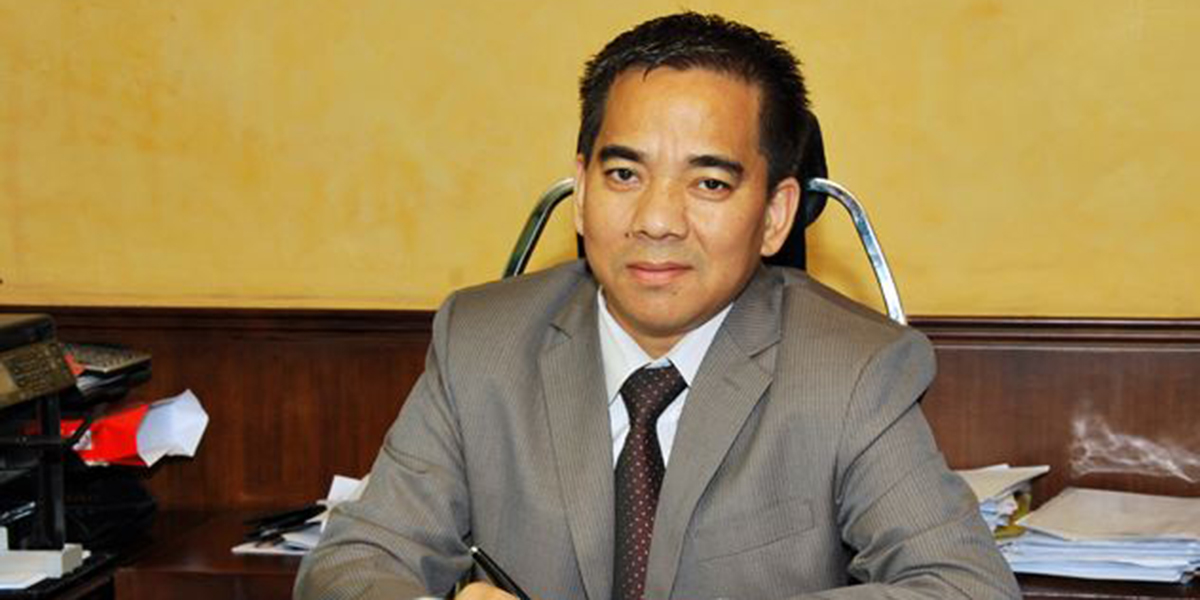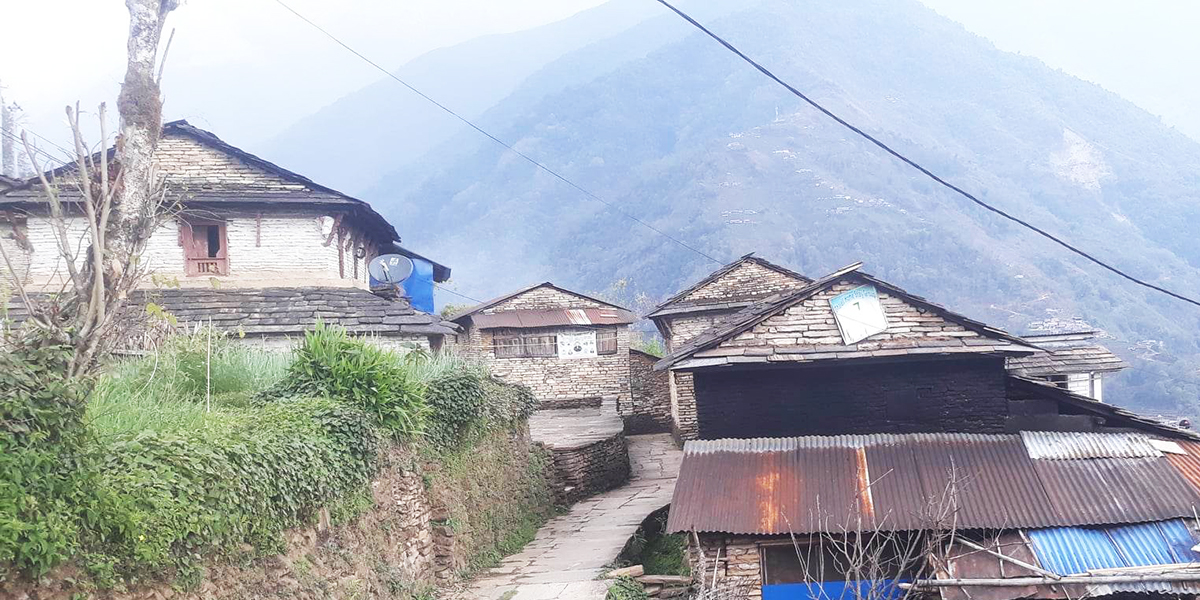
POKHARA: Shanti Gurung, originally from Sardikhola, moved to Ghalel in 1995 after getting married. She now lives there with her husband and three children, two sons and a daughter. Her children are currently receiving education in Pokhara.
When Shanti first moved to Ghalel, the village was facing a severe shortage of drinking water, and none of the houses had toilets. The nearest motorable road was located in Hemja, which was a three-hour walk away from Ghalel. The village was electrified much later.
Ghalel has undergone significant transformations in the past three decades. The village now has an uninterrupted power supply, every house has access to tap water, motor vehicles are now able to drive through the village, and modern toilets have been installed in houses. Internet routers are visible on the walls, while satellite antennas are common for television connections.
Despite having almost all the necessary amenities for development, many people are leaving the village in large numbers. Most of the houses are now empty, and only the elderly and children remain in this beautiful Gurung village. Currently, the village has over 400 houses, but only around a hundred families still reside there.
Ram Gurung, the chairperson of Ward 8 of Machhapuchhre Rural Municipality, commented, “Earlier, the village had no facilities at all. Now, we have all the necessary amenities, but people are not staying.”
The village was named Ghalel due to the large population of Ghale people living there in the past. However, currently, there is not a single Ghale household remaining in the village. The majority of the population is comprised of Gurung and Dalit families.
According to the 2011 census, the total population of Pokhara was 402,995. The population has increased to 513,504, as per the latest census.
The main reason for the declining population in Ghalel is due to rapid migration. This trend is happening nationwide, as people from rural areas move to urban areas in search of better opportunities and facilities. Like other provincial capitals, Pokhara, which is the capital of the Gandaki province, is also experiencing rapid urbanization. Pokhara is unmatched by other cities in the province because it has all the necessary services that people seek. The population of the Pokhara Metropolitan City, the largest in Nepal in terms of area, has increased by 110,000 over the past 10 years.
According to the 2011 census, the total population of Pokhara was 402,995. The population has increased to 513,504, as per the latest census. A decade ago, Pokhara had 105,000 houses, but that number has now risen to 140,000.
While the population in urban centers like Pokhara is increasing, rural areas are experiencing a decline in population. For example, the population has decreased in Baglung Municipality of Baglung, with a decline of 1,700 people compared to the 2011 census. However, the number of houses in Baglung has increased by 800 during this same period.
In contrast, Gorkha Municipality in Gorkha district headquarters has seen growth in both population and housing. Byas Municipality in Tanahun district headquarters Damauli is also experiencing similar growth.
However, despite a decline in population, the number of houses in Waling Municipality of Syangja has increased. An analysis of the data of five cities in Gandaki Province shows that the population is growing in areas with better facilities. As the provincial capital, Pokhara is the obvious first choice. However, compared to Putalibazaar Municipality in Syangja district headquarters, Waling Municipality is becoming more attractive to people. This is because Putalibazaar has limited room for expansion, while Waling has more possibilities for growth.
Internal migration is particularly pronounced in Himalayan districts like Manang, Mustang, and Gorkha because of challenging climatic conditions.
The rise in the number of Nepalis working abroad has had a significant impact on internal migration patterns. Places with a high number of individuals employed overseas tend to experience higher rates of migration. Mahendra Subedi, a researcher studying migration patterns in the Gandaki Province, explains that if family members are working abroad, they tend to migrate to nearby urban areas with better facilities.
Subedi also noted that population growth tends to be higher in areas that are situated near the boundaries of two or three districts. “Sotipasal and Duipiple in Lamjung are the examples of this pattern,” he added.
The profile is being jointly prepared by the Gandaki Province Government, the International Organization for Migration (IOM) Nepal, and Sayapatri Society Nepal. “Our report will be ready in two months,” Subedi added.
Internal migration is particularly pronounced in Himalayan districts like Manang, Mustang, and Gorkha because of challenging climatic conditions. Many people from districts like Baglung and Myagdi have migrated abroad, leading to a decrease in population compared to the previous census. On the other hand, population is increasing in villages and towns along the Mid-Hills Highway, which is currently under construction.
“Studies have shown that the gap between the delivery of services and people’s demand has a severe impact on population and migration patterns,” Subedi added.

